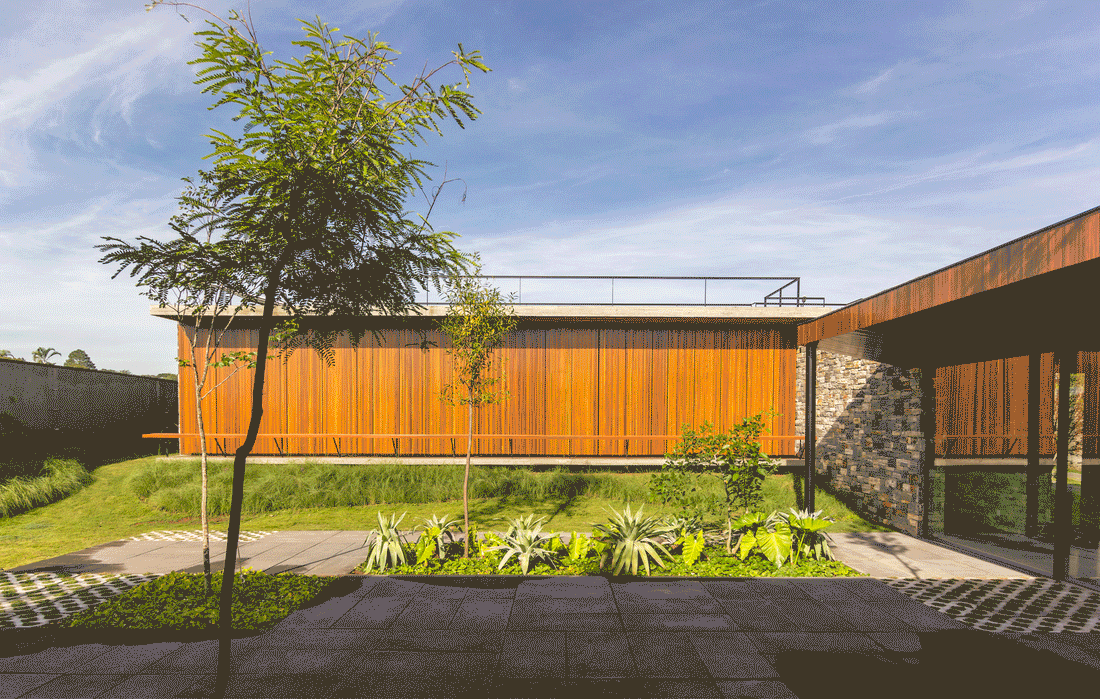
Designing Outdoor Spaces: From Patios to Rooftop Gardens
Share
Designing outdoor spaces, such as patios and rooftop gardens, is a wonderful way to create outdoor living areas and make the most of your available space. Here are some important considerations for designing these spaces:
1. Assess the available space:
Before you begin your project, assess the space available for your patio or rooftop garden. Consider the dimensions, structural load capacity, and site constraints. This will help determine the size and scope of your project.
2. Plan the layout:
Create an efficient and functional layout for your outdoor space. Consider the different areas you want to include, such as seating areas, dining areas, planting areas, and decorative elements. Plan the placement of these areas to maximize the use of space.
3. Secure access:
Ensure that access to the outdoor space is safe and convenient. Install stairs or an access hatch that meets safety standards, ensuring easy entry and exit.
4. Structural considerations:
When designing a rooftop garden, consult a professional to ensure that the roof structure can support the additional weight of the garden, furniture, and materials used. Reinforce the structure if necessary to ensure safety.
5. Choosing durable materials:
Choose durable materials that are resistant to outdoor conditions, such as treated wood flooring, natural stone or ceramic tiles. Make sure the materials you choose are suitable for outdoor use and can withstand exposure to sun, rain and wind.
6. Proper landscaping:
Plan your landscaping to suit your outdoor environment. Choose plants that are appropriate for your local climate and site conditions, such as wind, sun, and water availability. Consider efficient irrigation to reduce water consumption.
7. Create seating areas:
Divide the outdoor space into functional zones, such as living areas, dining areas and leisure areas. Use appropriate furniture for each zone, considering comfort, durability and style.
8. Privacy and shading:
Incorporate elements that provide privacy and shade, such as green walls, pergolas, screens or curtains. This will create a more pleasant and comfortable environment.
9. Adequate lighting:
Plan the lighting of your outdoor space to allow for nighttime use. Use recessed lighting, outdoor fixtures, and highlight architectural or landscaping elements.
10. Decorative elements:
Add decorative elements that complement the style and personality of the space. This could include sculptures, fountains, vases, pillows, and other accessories that add charm and character to the space.
Designing outdoor spaces requires specific considerations, but it’s also an opportunity to create pleasant and functional areas. Make the most of your patio or rooftop garden by creating an attractive, inviting and harmonious space.
